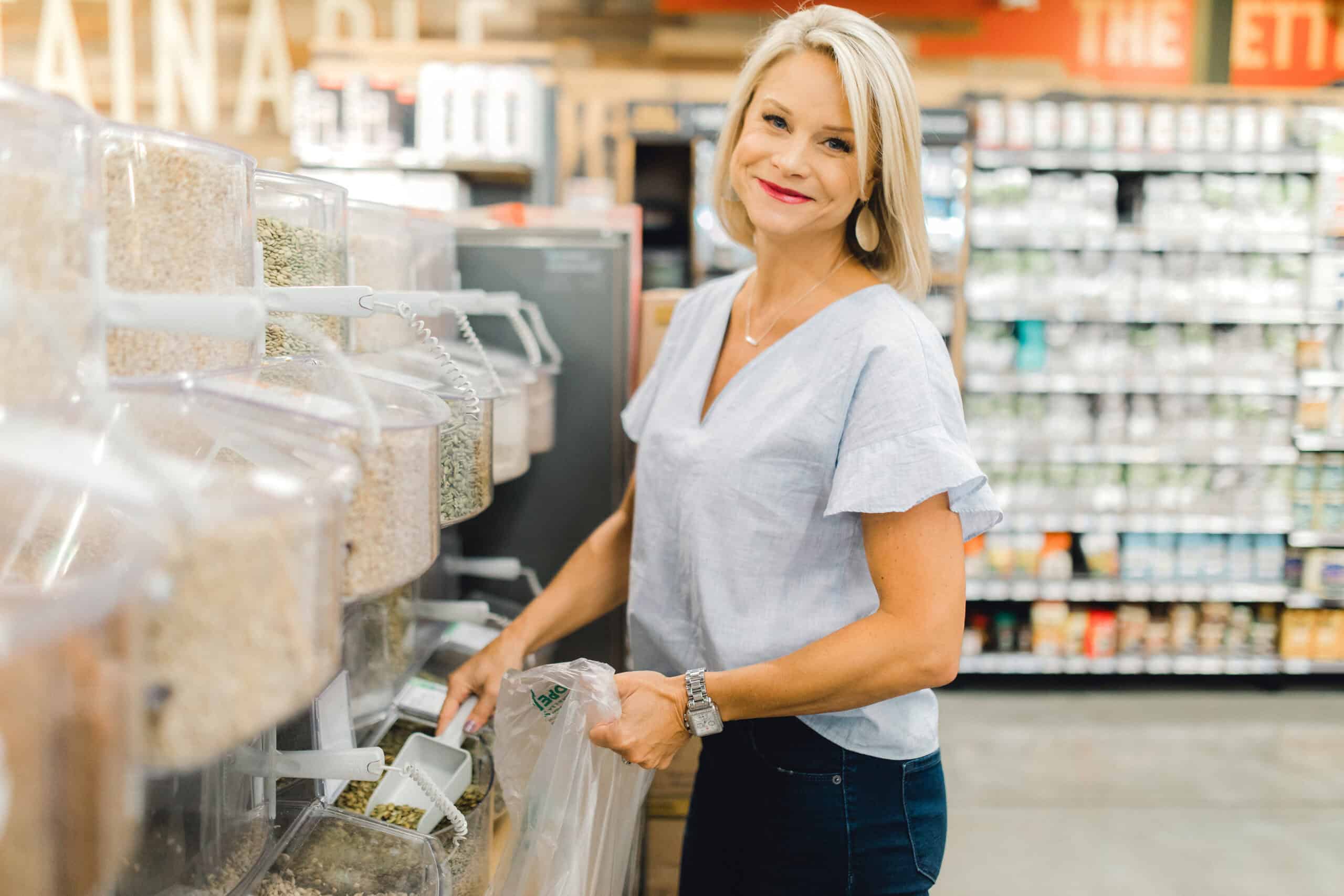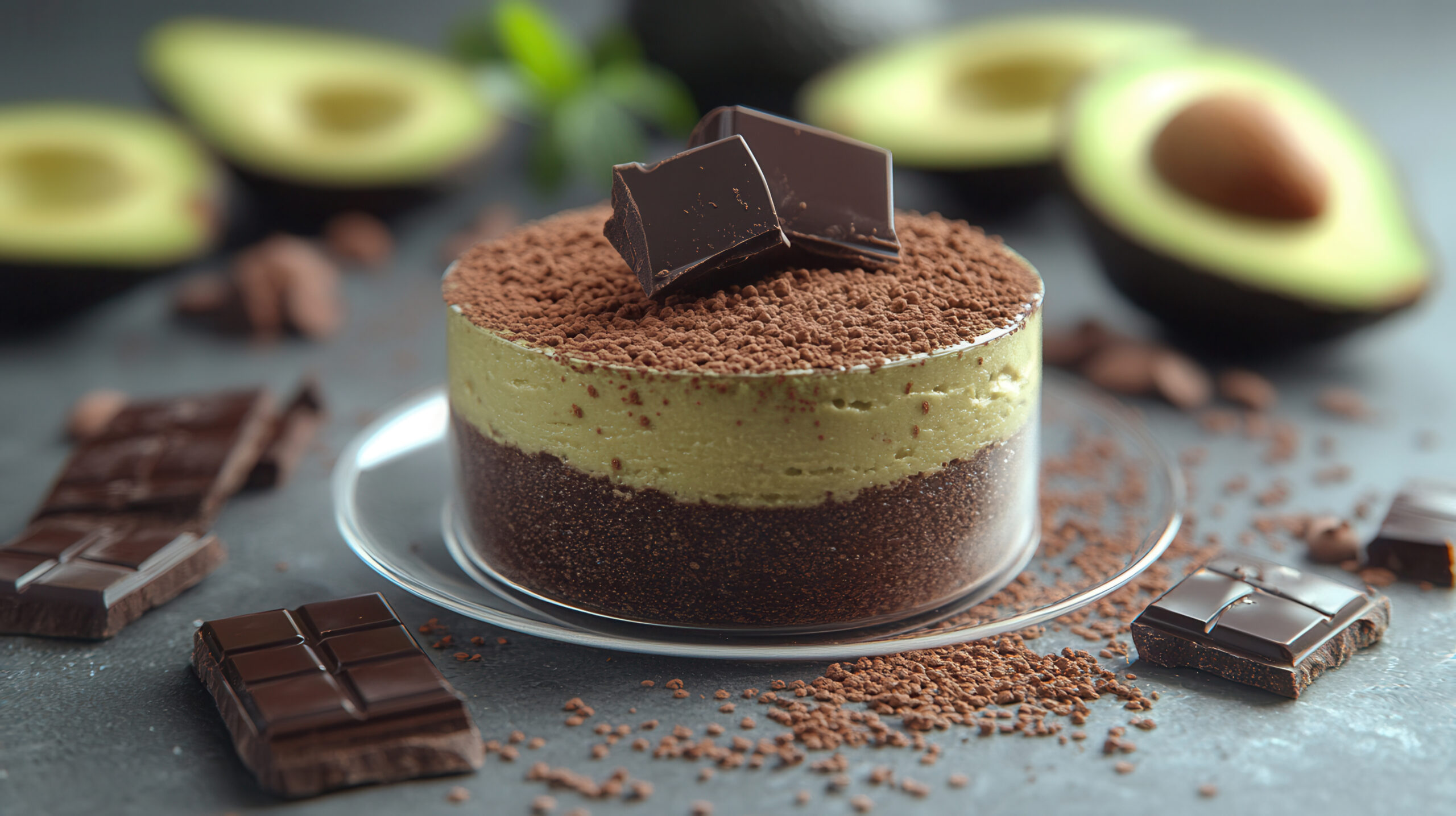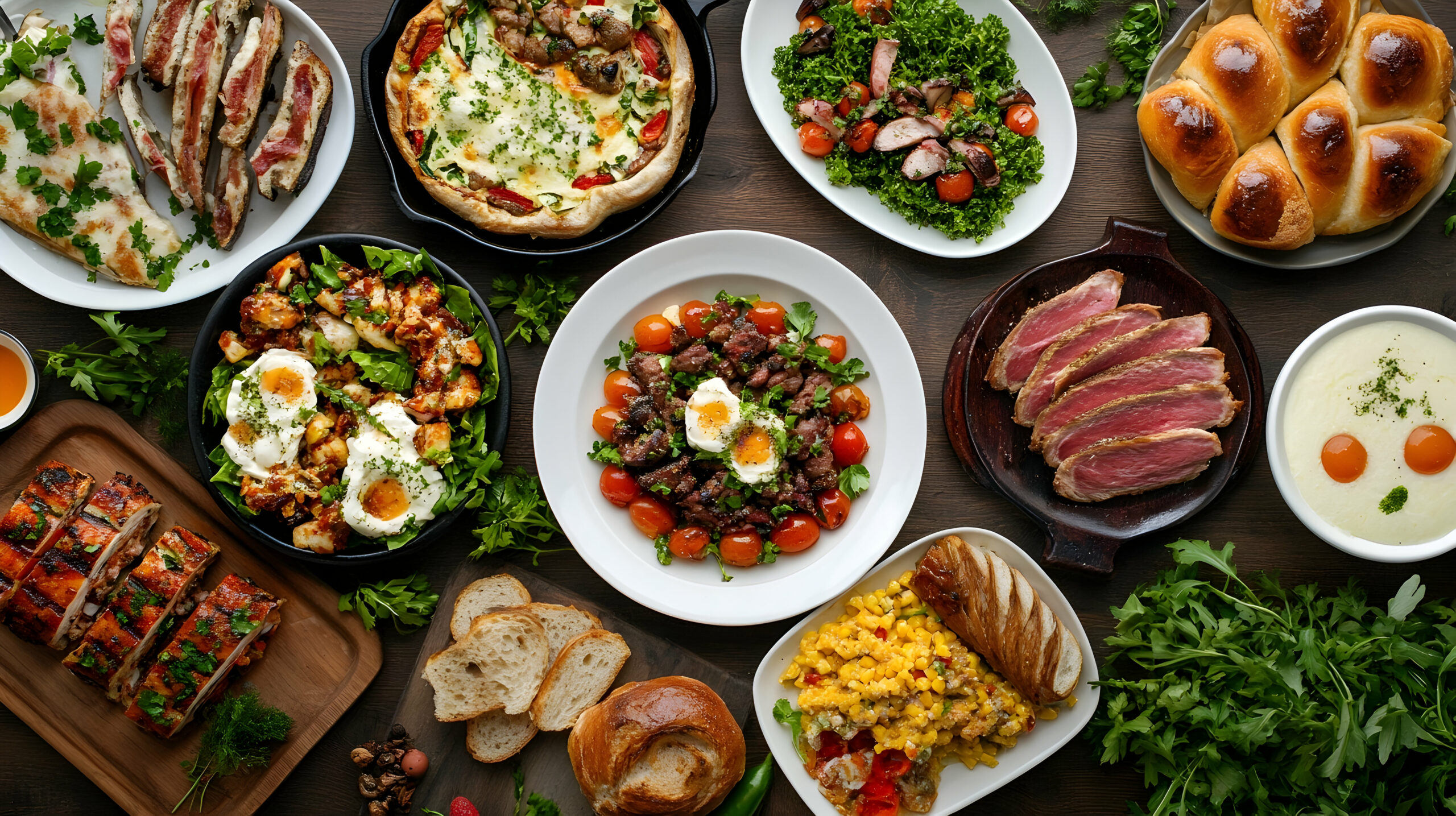What’s the difference between the oil in your store-bought Italian dressing and the stuff that goes in your car? Apparently not too much.
Though that’s a bit of an exaggeration, it is true that the US population is consuming over 7.5 billion barrels of petroleum products a year—gag!
So many of the fats and oils that go into our food today are actually unhealthy, and they’re processed with a petroleum-based solvent, which causes irritation, inflammation, disease, and worst of all, heart issues. In fact, what we now call “vegetable oil” was once called “industrial seed oil” and was classified as “toxic waste.”
When wandering the grocery aisles, knowing the difference between good fats vs bad fats and how oil plays a role is essential. But research about fat is confusing and the internet is cluttered with conflicting information and recommendations. To make things worse, our oils and condiments aisles are lined with bottles plastered with farse “healthy heart” claims.
It’s important to educate yourself about the good oils, the bad oils, the healthy fats, and the unhealthy ones that often sneak their way into even our quote-on-quote “healthy” granolas and chips we’ve been snacking on.
Are you ready to stop being outmaneuvered by the manufacturers? Today, we’re clearing up the confusion about healthy vs. unhealthy fats and arming you with the knowledge you need to strut confidently down that condiments aisle. So, without further adieu, let’s chat fat.
Why Low-Fat and Low-Cal is Not the Answer
We’ll get into sparsing out the unhealthy, inflammatory fats and the body-boosting healthy fats below. But first, I think fat needs a break from all the criticisms.
Fat has gotten a bad rep over the decades. It’s been blamed as the sole cause of inflammation, weight gain, heart health, cholesterol, you name it. But fat as a whole is not the culprit when it comes to disease and inflammation.
If we can point the finger at one inflammatory ingredient, it would certainly be sugar. Sugar is the bad boy in your breakfast cereals, baked goods, and bagged snacks. So before you start tackling your fats, make sure you are managing and monitoring your sugar (and those carbs that turn right into sugar too).
While some fats have been highly processed or are less healthy than others, healthy and proportionate fat is an essential part of a balanced diet. Good fats help us absorb important vitamins, give our bodies energy, and support cell growth. They also keep our skin vibrant, our brains sharp, and our bodies lean.
What Exactly is Fat?
The confusion around fat is a matter of definition—fat has been generalized. But in reality, there are dozens of different kinds of fats that find their way into our daily diets. Let’s look at the two biggest and most important categories:
- Unsaturated Fats: Known as the healthier option, unsaturated fats can improve cholesterol levels, boost heart health, and lower inflammation. Within this category, you’ll find monounsaturated fats (found in whole foods like avocados, nuts, and seeds) and polyunsaturated fats (found in whole foods like walnuts, flax seeds, and fish).
- Saturated Fats: Known to increase the risk of heart disease and stroke, saturated fat is mainly found in animal foods, like meat and dairy. Pizza, cheese, hamburgers, sausage, cookies, and fast food dishes are the biggest carriers of this not-so-lovely fat. While the American Heart Association recommends limiting saturated fat to no more than 7 percent of calories, the typical American diet is drenched in it.
I know all of that can seem confusing, but check out this graphic from Naomi Whittel that clears up examples of good and bad fats.

What about those Omega-fatty acids you’ve been hearing so much about?
We can’t talk about healthy fat without talking about omega fatty acids. Omega-3 is the queen bee of polyunsaturated fats. It’s one of the biggest factors in creating a healthy diet, reducing inflammation, and fixing our fat consumption. But it’s all about balancing the lovely Omega-3 with her sister Omega-6.
While a long time ago, our diets gave us a 1-to-1 ratio of Omega-3 and Omega 6 fatty acids, today, the ratio is way out of whack. Both fatty acids are important for our bodies. But today, some research is finding that we’re eating a frightening ratio of up to 1-to-25 of Omega-3 to 6.
Our overconsumption of Omega-6 fatty acids and the unequal balance of these two fat sources is creating massive amounts of inflammation in our bodies today. Chronic inflammation is the foundation of so many health concerns, including heart disease, diabetes, autoimmune conditions, and arthritis.
Anytime you can work to reduce inflammation in your body, you’re going to improve your heart health, manage your diabetes, and have less joint pain. Creating a healthy diet isn’t about cutting out fat. It’s about finding that healthy balance of the fats you consume every day.
How Good Fat vs. Bad Fat Affects the Body?
A quick scan of the difference between good fats and bad fats might answer this question for you. Foods with the best Omega-3 to Omega-6 ratio include fresh fish, broccoli raab, spinach, flax seeds, chia seeds, and walnuts.
On the other hand, high omega-6 fats to avoid include vegetable oil, corn oil, safflower oil, soybean oil, and cottonseed oil. The process of creating these ingredients isn’t a pretty one.
These oils are processed at extreme temperatures, which creates byproducts that are very harmful to the human body. Then, petroleum-based solvents are added to maximize the amount of extracted oil. At this point, the oil is so stinky and nasty that manufacturers have to add deodorizing chemicals to make them even palatable.
We’re left with oxidized and unstable oils that go rancid easily. And, oh, it gets worse. In the U.S., we don’t have regulations on how much and how often these oils can be reheated (think the fryer at a fast-food restaurant). After each heating a cooling, these oils become even worse for your health.
Our fat intake has a wide-spanning effect on our overall health. An imbalance of Omega-3 and 6 could hasten the growth of cancer cells, raise blood pressure, increase the risk of obesity, heart attack, stroke, and depression, cause water retention, and even promote violent tendencies.
But there’s great news. Balancing your Omegas and boosting that Omega-3 has powerful health benefits for your body and brain. This fabulous fat can fight depression and anxiety, aid in eye health, improve brain development in infants, and lower the risk of heart disease.
Simply scanning the benefits of healthy fats is astounding. Science has shown that Omega-3 also can reduce ADHD symptoms, lower inflammation, fight off autoimmune diseases, improve mental disorders, and stave off Alzheimer’s. It helps prevent cancer, reduces asthma, improves joint and bone health, promotes healthy sleep, and keeps our skin looking younger for longer.
I mean c’mon, is there anything healthy fats can’t do?
Which Fats to Enjoy and Which to Avoid
Let’s look at how you can make the switch in your diet. Four fat staples to have in your cabinets could include avocado oil, olive oil, coconut oil, and butter or ghee. Four to chuck in the garbage include vegetable oil, peanut oil, corn oil, and margarine.
Here are my top six tips for using healthy oils and fats in your everyday cooking:
- When cooking at high temperatures, grab your coconut or avocado oils. These two have higher smoke points that are great for high-heat cooking.
- Add that delicious French flavor to your meats and veggies with butter or (if you’re dairy-free) ghee.
- When whipping up a dressing or roasting veggies in the oven, reach for the extra-virgin olive oil. Its rich aromas and flavors will compliment your greens perfectly. Plus, olive oil will give you a little boost of antioxidants in addition to its healthy fatty acids.
- Snack on whole foods with healthy amounts of Omega-3 fats. Enjoy a fresh avocado as a snack or roast different nuts and make your own trail mix.
- Boost your energy levels with healthy seeds. You can feel refreshed, energized, and motivated with just a simple seed snack. So, swap your coffee with some chia now and then and see how you feel.
Feel free to experiment and be adventurous with these healthy fats and oils. Try out different recipes and see which ones you like the best. If you want to know more about what condiments fill my cabinets, check out my IG video where I delve deep into this subject.
Pursue Progress, Not Perfection
Let me be real, there’s no problem when you decide to snack on some nachos on game-night. Healthy living certainly isn’t about caging ourselves in and keeping every unhealthy ingredient out.
Healthy living is about making educated and empowered choices about what you’re eating, taking the confusion out of cooking and creating a diet that maximizes your vibrancy and joy in life.
If part of your health journey is fixing the fat in your diet, think about making these small shifts. Reduce your consumption of Omega-6 fatty acids and create a better balance and ratio between Omega-6 and Omega-3. It’s hard to do, but accomplishing that one health goal alone can reduce your risk of mortality up to 70%!
We love coming alongside you guys and geeking out about health and wellness topics. Next up, we’re uncovering heart health myths. If you’re hungry for more health, join the 7-week LEAN program today or sign up for our free weekly newsletter.





